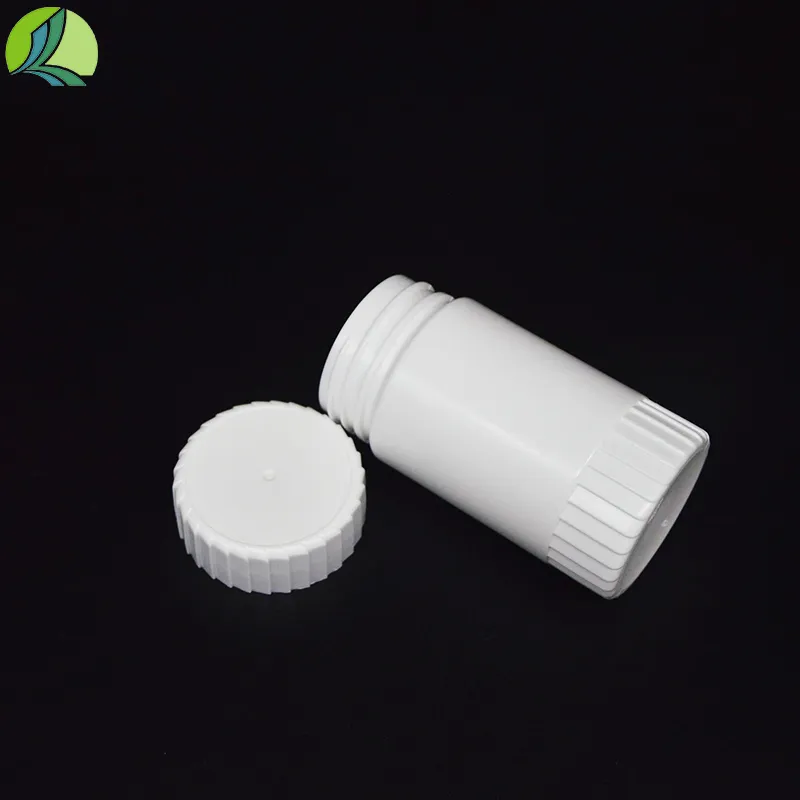https://www.wahmg.com/)">
milliliters in a dropper
milliliters in a dropper
Understanding Milliliters in a Dropper
When it comes to precision in measuring liquids, particularly in scientific and medical contexts, droppers play a crucial role. These simple tools allow users to dispense small amounts of liquid accurately. However, understanding the exact volume of liquid that a dropper can hold can be somewhat perplexing, especially when discussing milliliters.
Understanding Milliliters in a Dropper
The size of a drop can also influence how many milliliters a dropper dispenses. On average, one drop is often estimated to be approximately 0.05 mL. This means that a standard dropper could dispense roughly 20 drops per milliliter. However, this is an average, as the actual size of a drop can depend on several factors, including the liquid's viscosity, the dropper's nozzle size, and the way the dropper is used (e.g., speed and angle of release). Therefore, if precision is critical, it is advisable to calibrate the dropper or check its efficiency with the specific liquid being used.
milliliters in a dropper

In laboratory settings, droppers are frequently used to add liquids drop by drop, making it easier to control the amount of liquid added to a solution. This method is particularly important in experiments that require specific concentrations or reactions that are sensitive to the quantity of reactants used. When carrying out such experiments, a comprehensive understanding of how many milliliters are produced per drop can help achieve the desired results.
For everyday use, many people rely on droppers for household activities such as inserting essential oils into carriers or giving liquid medications. Instructions on such products often recommend using a dropper for the right dosage. By understanding that a standard drop is about 0.05 mL, users can better manage and administer the correct amount.
In summary, understanding the relationship between droppers and milliliters is vital in various applications, from healthcare to scientific experiments. While the standard volume of a dropper is about 1 mL, the variability in drop size means that careful attention is necessary to ensure accuracy. Whether you are in a medical setting, a laboratory, or at home, being aware of how many milliliters are in a dropper enhances your ability to measure and dispense liquids precisely. Therefore, the next time you reach for a dropper, consider its capacity and how it applies to your specific needs, ensuring that you can achieve both accuracy and safety in your measurements.
-
Wholesale Plastic Juice Bottles with Caps 16 oz Options Available Bulk Packaging SolutionsNewsJun.10,2025
-
Laboratory Apparatus Reagent Bottle – Durable & Chemical Resistant Bottles for Safe StorageNewsJun.10,2025
-
Squeezable Dropper Bottles Durable, Leak-Proof & CustomizableNewsMay.30,2025
-
Affordable Plastic Petri Plates Sterile & Disposable Lab-GradeNewsMay.30,2025
-
Eye Dropper Caps Precision 24/410 & Plastic Bottle-Compatible TipsNewsMay.30,2025
-
Affordable Mini Spray Bottle Price & Wholesale Deals Shop NowNewsMay.29,2025





















